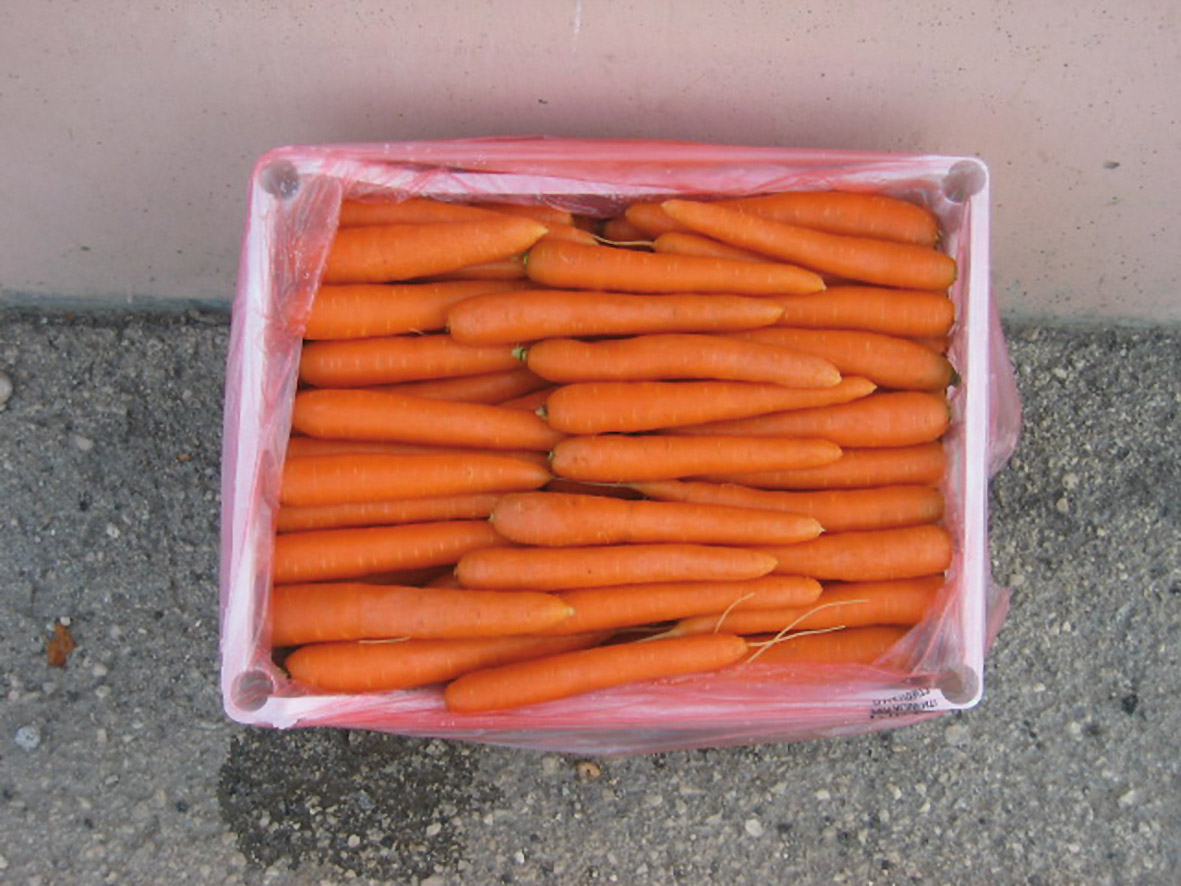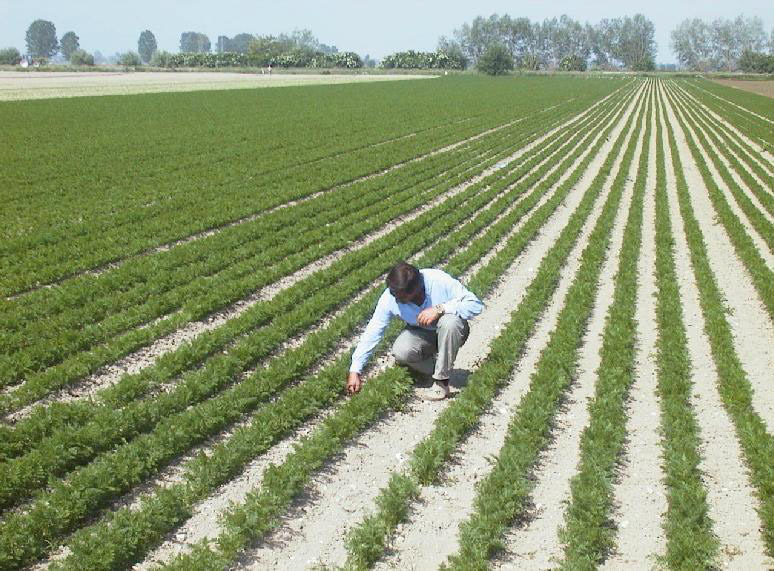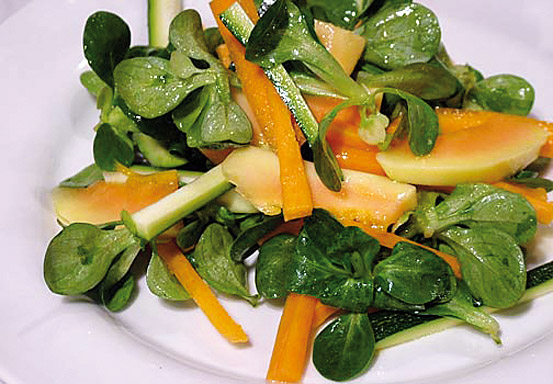Description
Carota dell’Altopiano del Fucino PGI is a fresh root vegetable belonging to the species Daucus carota L. and deriving from the following varieties: Maestro (Vilmorin), Presto (Vilmorin), Concerto (Vilmorin), Napoli (Bejo), Nandor (Clause), Dordogne (SG), Suenio-Vac113 (Vilmorin), Natunia (Bejo), Namibia (Bejo), Novara (Bejo), Bangor (Bejo), Carvalo (Seminis), Allyance F1 (Nunhems), Romance F1 (Nunhems), Laguna F1 (Nunhems), Brillyance F1 (Nunhems), Sirkana F1 (Nunhems), Benagala F1 (Carosem), Caravel F1 (Carosem), Carillon F1 (Carosem), Hyb – 104 Pillole (Meridiem Seeds), Carvora (Seminis), Champion (Sygenta), Zanahoria Hyb (Meridiem Seeds).
Production Area
The production area of Carota dell’Altopiano del Fucino PGI is the Fucino Plateau, a basin of 14,000 hectares bordered by high Apennine peaks, in the Province of Aquila, in the Abruzzo region.
Production Method
Sowing takes place between February and April, after the soil has been ploughed, milled and rolled. These operations are only carried out with machinery to ensure the uniformity of the distribution. The cultivation operations which are carried out are “weeding” and “temping”. Irrigation must be frequent but not abundant, and over the summer months it should only be done at night, so as to not damage the seedlings. Harvesting takes place during the first hours of sunlight and can be done throughout the year, although the best products are obtained between June and October. The timing is based on the stages of ripening, the destination of the product and the type of packaging. The product destined for preservation is harvested when it is fully grown and in any case not before the deadline for the cultivar, also taking into consideration the climatic trend of the season to ensure the longer shelf life of the qualitative and organoleptic properties. The product is transferred to the washing and packaging centre within four hours of harvesting, where it is immediately cooled, processed and packaged.
Appearance and Flavour
Carota dell’Altopiano del Fucino PGI has a cylindrical shape and rounded ends. There are no root hairs and it is has a uniform, deep orange colour, including the neck. The pulp is crunchy and easily broken and has a sweet flavour.
History
It comes from the temperate areas of Europe, and it seems that the origins of the carrot plant are found in Afghanistan. It was first cultivated by the Greeks and Romans. Its diffusion across the Fucino Plateau dates back to more recent times, following the drying-up of Lake Fucino, which covered the vast basin up until 1870. The open field cultivation of carrots in the now reclaimed area began in 1950.
Gastronomy
Carota dell’Altopiano del Fucino PGI can be kept for a fairly long time when stored in a cool place. This vegetable is rich in carotenes, a nutrient used by the body for the production of vitamin A, which is important for various bodily functions and in particular for the eyesight, which is why carrots are widely used in juices. It can be eaten raw after lightly scrubbing the peel. Carota dell’Altopiano del Fucino PGI is the main ingredient in numerous dishes, such as salads, cut into strips, rounds or julienne; it goes perfectly with green herbs, tomatoes, radishes, apples and oranges. It is an excellent ingredient for sauces, soups and flans, and is ideal as a side dish for roasts. It can be cooked in butter or oil, or fried with broccoli.
Marketing
The product is marketed as Carota dell’Altopiano del Fucino PGI. It is sold fresh in wooden, cardboard or plastic packaging with the correct labelling. There are also transformed products containing Carota dell’Altopiano del Fucino PGI.
Distinctive Features
Carota dell’Altopiano del Fucino PGI is grown in “young” soil, rendered fertile due to the large amount of humus formed throughout the millennia from the organic matter at the bottom of the lake, which is 700 m above sea level. The remarkable fertility of the land enriches the vegetable with an above-average amount of vitamins and proteins.













